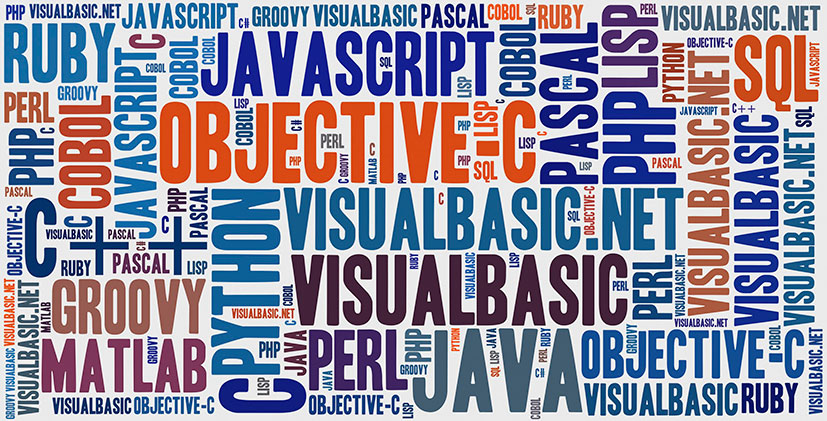
The following post is an interview with SVSG CTO and Financial Services Practice Manager Carter Smyth. Carter is an executive with over 25 years experience building technology teams to solve enterprise challenges in the financial services industry. He has extensive experience leading software development teams, business process reengineering, and global expansion projects. Carter joined SVSG in March 2017.

There’s no longer a debate as to whether companies should invest in machine learning (ML); rather, the question is, “Do you have a valid reason not to invest in ML now?”
Velocity Wins “Ideas are cheap. Execution is everything.” We’ve all heard this quote more than once: in seminars, board rooms, even on television. This is in part, I surmise, because it is particularly relevant to the fast-moving, dynamic world of entrepreneurs, ie.. Silicon Valley. We regularly read about several startups with virtually the same idea […]

In the last post, we highlighted the disruption that chatbot technologies are poised to make in call centers. To recap, we are seeing the trend that Generation X and Y have now shown a preference for text-based communication over voice. This results in consumers increasingly wanting to talk with brands via messaging platforms like Whatsapp and Facebook Messenger. Simultaneously, there has been an explosion of conversational A.I. technology tools and frameworks in which natural language processing can be used to automate customer support inquiries. As the last installment discussed, this trend provides a compelling opportunity for companies to drastically reduce the costs of running their call centers.

In 2014, Facebook acquired WhatsApp for $19 billion. That astronomical number set off waves of speculation as to what value Facebook could possibly see in a company with just 55 employees and roughly $20 million in revenue, although it had 500 million users. At last week’s F8 conference, that vision became a lot clearer, and it’s big. Chatbots will cause a near-term disruption in how businesses interact with consumers, and a long term paradigm shift in how people will interact with machines.

An MVP is all about getting a product into the hands of your customers quickly and learning from their feedback. Importantly, it also serves as a foundation for your engineering team to build on as your company grows. Before any code gets written, you will need to select the tech stack that will power your application.

Security matters. This is a short essay written by Silicon Valley-based Snowflake Computing’s Director of Security, Mario Duarte.

Too much debt, whether financial or technical, can cripple an organization’s freedom to move forward. However, unlike financial debt whose cost is spelled out in a statement, the burden of technical debt to a company is not immediately clear, as it cannot be measured by simply reading the code.

At SVSG, we regularly talk with early stage companies about a myriad of topics. One topic that comes up most often from first time founders is fundraising — how much should we raise for our seed round? My answer is always the same: Before the founders can raise a seed round, they need to ensure that they have built the foundation for doing so — what we call meeting the Five Pillars of Successful Seed Stage Fundraising. If they have not, we recommend that the startup step back and raise a pre-seed round in order to build their minimal viable product (MVP).

Operating with debt is a normal component of doing business. Just as financial debt must be controlled and leveraged to take advantage of market opportunities, any software project maintains a level of technical debt as well. Let’s explain what this is and clear up some misconceptions.